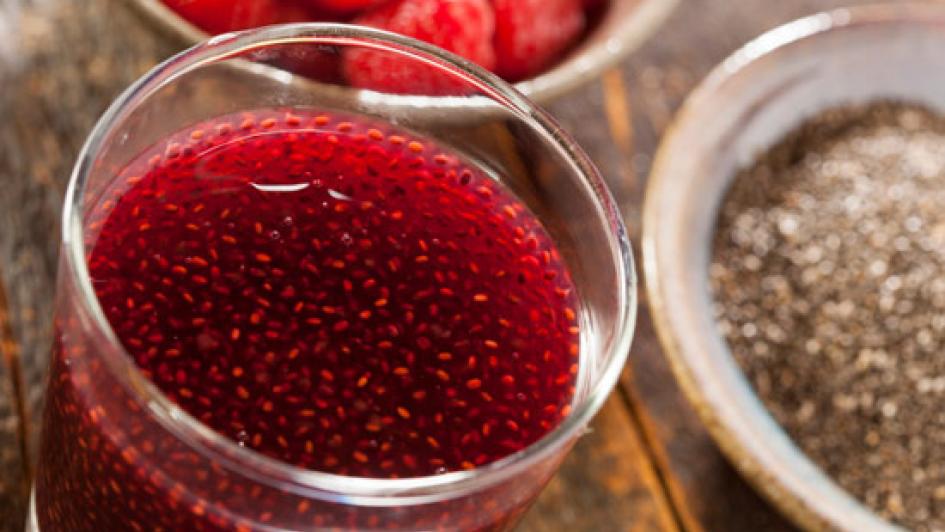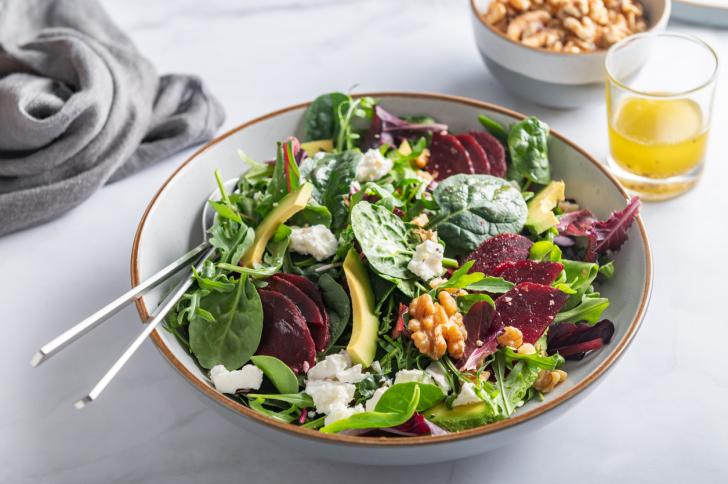Chia Seeds: Add a New Superfood to Your Diet

Published
Chia seeds have been dubbed the latest "superfood" because of their incredible nutrient density. A product of a plant in the mint family, Salvia hispanica, chia seeds are a traditional Central American food named from the Mayan word for strength.
The soluble fiber in chia seeds lets them absorb nine times their weight in water. When submerged in water, they create a thick mucus-like gel. They do the same thing in your gut, swelling up and binding cholesterol and extra fats and sweeping them through your digestive tract for elimination. This means chia seeds may help decrease blood cholesterol, regulate weight, and improve digestion.
There's a lot of hype over chia seeds. Here's a guide to separating the buzz from the solid science.
Cholesterol: We know from scientific studies that the high omega-3 fatty acid content in chia seeds helps lower LDL (“lousy”) cholesterol and triglycerides. They also improve HDL (“healthy”) cholesterol, lowering the risk of heart disease.
Weight Loss: There is a lot of buzz about using chia seeds as a weight loss aid. There is no scientific evidence to support this claim, but the fiber in chia seeds contributes key benefits, including the potential to assist weight regulation.
Digestion: If you tend to have sluggish digestion, chia seeds can help promote bowel regularity, which can help you feel more energetic. However, if you digestion is regular and strong, be cautious when adding chia seeds to your diet, as they may cause loose stools.
Protein: The high fiber and protein content in chia seeds can help you feel satisfied longer, reducing appetite and cravings.
How to Use Them: An easy way to incorporate chia seeds into your diet is chia gel. Combine 1/4 cup chia seeds with 1 cup milk (any kind). Stir the mixture, let it sit for 2 to 3 minutes, then stir again to prevent clumps. The gel will fully form in 20 minutes. Use your chia gel in smoothies, oatmeal or yogurt. For a delicious dessert, add coconut, cocoa nibs and maple syrup to chia gel.
Once you become comfortable with chia seeds, add them to sauces and gravies for a gluten-free thickener, or use as a binder in egg-free baking. Their utility is as endless as their nutritional benefits.
— By Julia Simpson, 2012-2013 Bastyr dietetic intern, and Debra Boutin, MS, RD, chair and dietetic internship director, Department of Nutrition and Exercise Science at Bastyr University.


